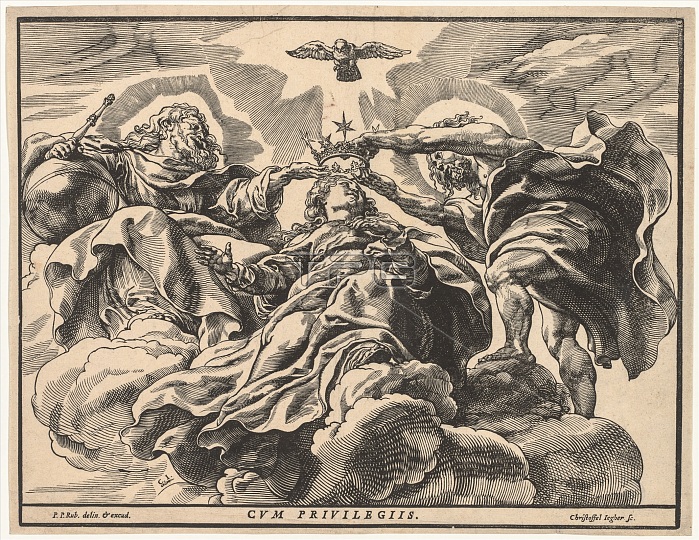
Coronation of the Virgin, 1632-36. Peter Paul Rubens was as astute a businessman as he was a brilliant painter. He realized that substantial profit and fame could be derived from the publication of prints made after his paintings. He employed engravers and also Jegher, who made nine woodcuts after the master's work. While the engravings were always considered merely reproductive, the woodcuts were conceived and appreciated as original works of art because they exhibited the freedom and directness of expression lacking in the intaglio prints. Rubens revived the tradition of large-scale woodcuts, which had flourished in 16th-century Italy and the Netherlands but lagged in the following decades. Jegher's prints after Rubens are the only such large, single compositions in Flanders in the 17th century. They are also his most outstanding creations.
| px | px | dpi | = | cm | x | cm | = | MB |
Details
Creative#:
TOP25284730
Source:
達志影像
Authorization Type:
RM
Release Information:
須由TPG 完整授權
Model Release:
No
Property Release:
No
Right to Privacy:
No
Same folder images:

 Loading
Loading